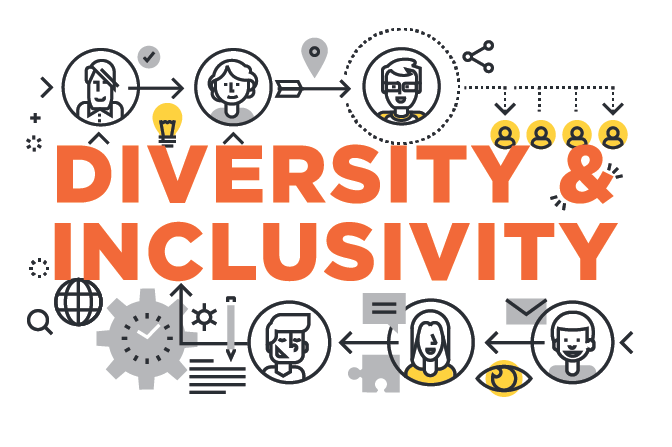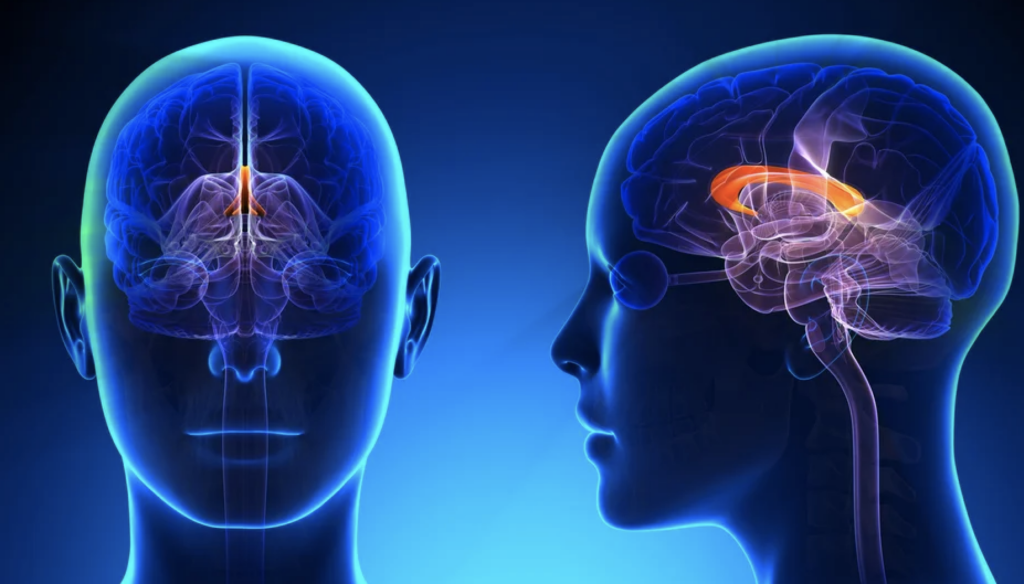
- How will my interactive learning resource ensure that the needs of all the learners are being met:
Inclusivity in learning design refers to the idea of acknowledging differences or diversity in the learning abilities and experiences of learners and addressing barriers that may prevent learners from giving their best performance. According to the “Inclusive Learning Design” article, “ensuring that all learners can pursue excellence in all aspects of their education requires some proactive work by learning designers”. This implies that learning designers must take the initiative to ensure that the learning resources they provide to their learners must be designed in a way that is inclusive for every individual so that everyone has a fair chance to perform well. When crafting learning resources, educators can reflect on and try to identify any potential barriers that learners can come across. Addressing these barriers is a good place to start for creating an inclusive learning resource. Another strategy educators can employ is being mindful of the fact that not every learner is going to be a neurotypical person. Understanding and acknowledging neurodiversity is essential in creating an inclusive learning design. For example, some students may have an Auditory processing disorder which would put them at a significant disadvantage in comparison to students who don’t face this challenge. A good solution for addressing this barrier is providing live transcription tools for every student. Being able to read what’s being taught live can be very helpful for students with an Auditory Processing Disorder. This would also further benefit other students who may be facing challenges in terms of retaining information being taught in a classroom. For example, having access to the live transcription tool can also be helpful for students who have Attentional Deficit Hyperactive Disorder (ADHD) and tend to have difficulties in listening to verbal information for extended periods of time. Providing this additional support for targeting one specific barrier creates opportunities for other students who may not be facing the same exact barrier.
Source:
https://edtechuvic.ca/edci335/prompt-inclusive-design/


Recent Comments